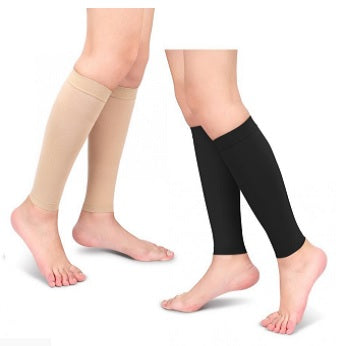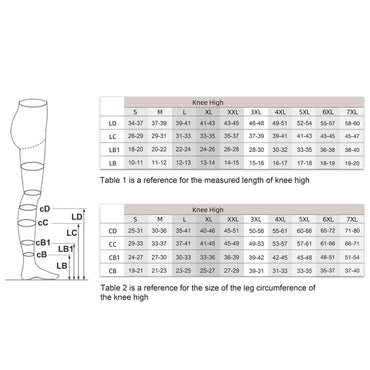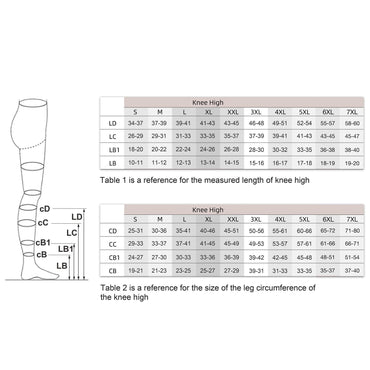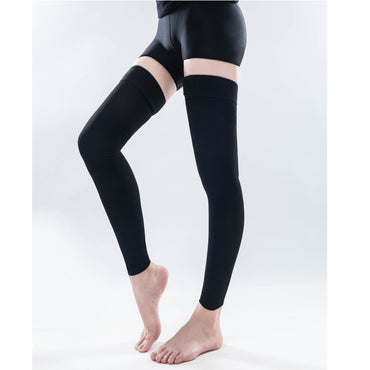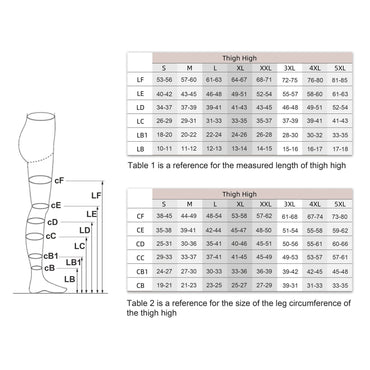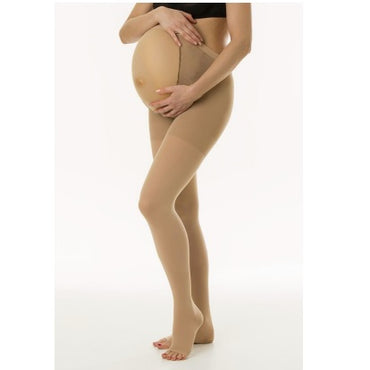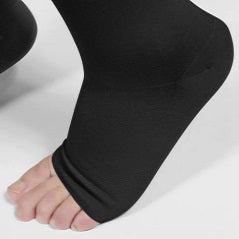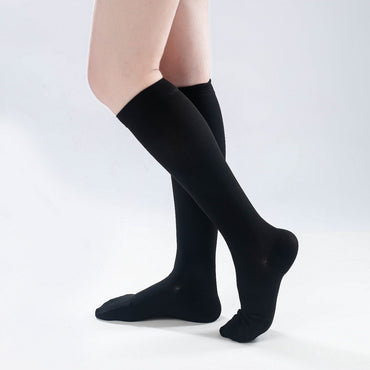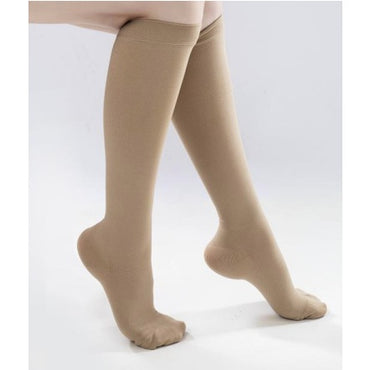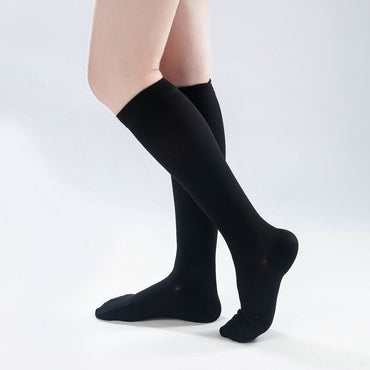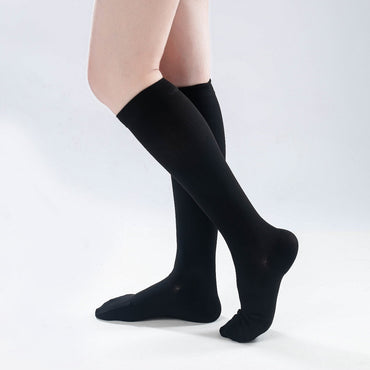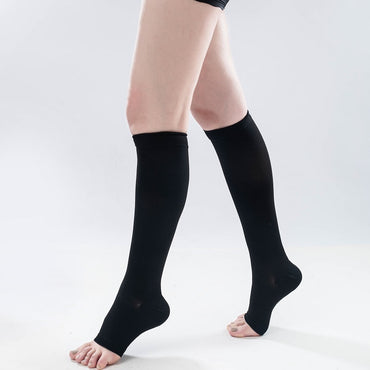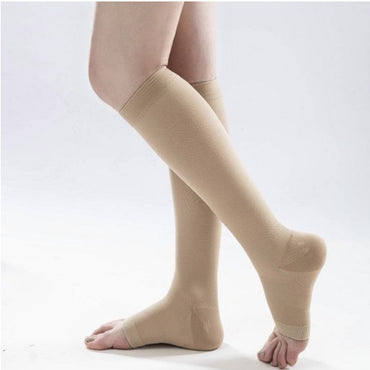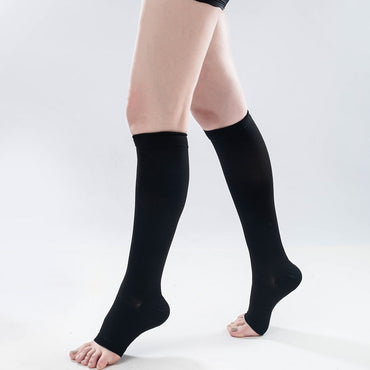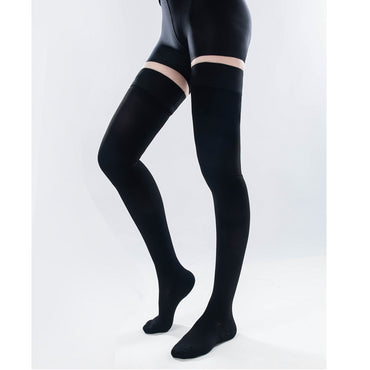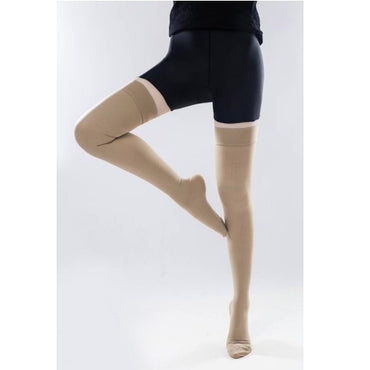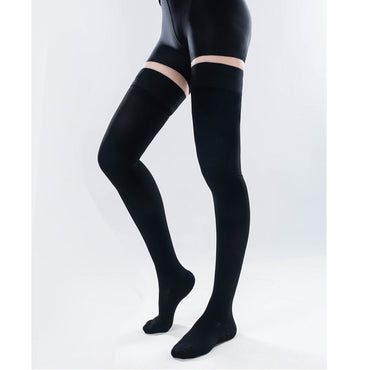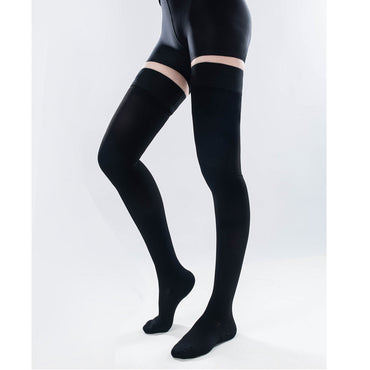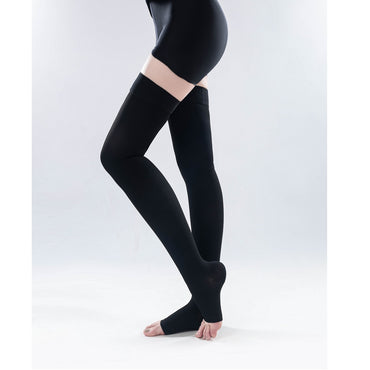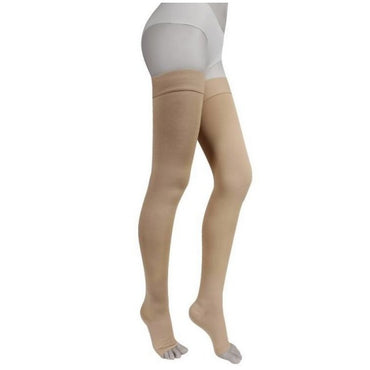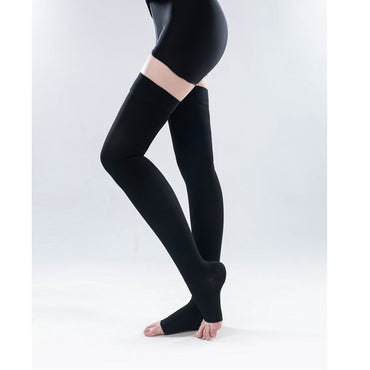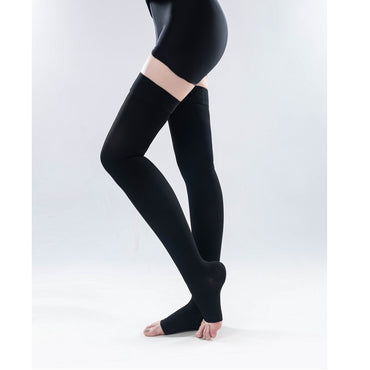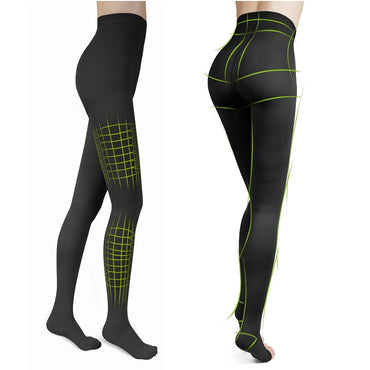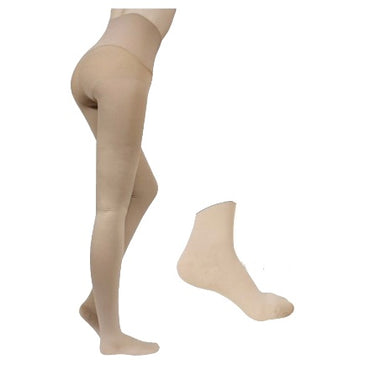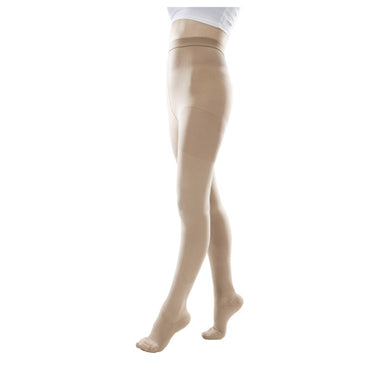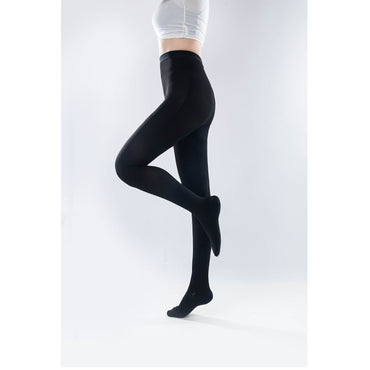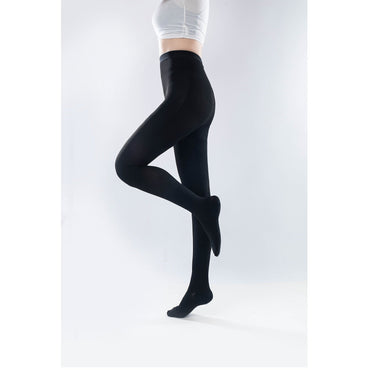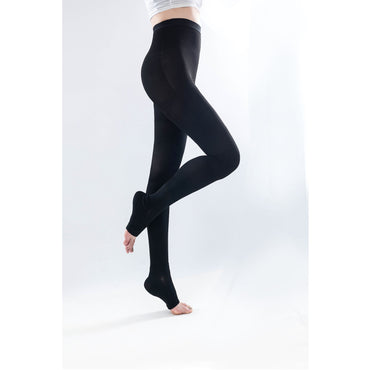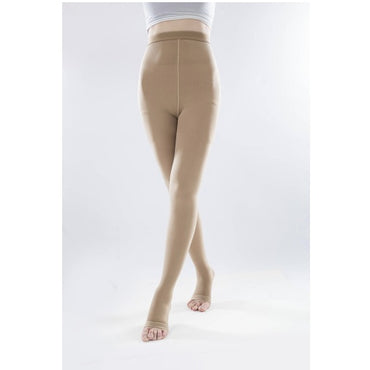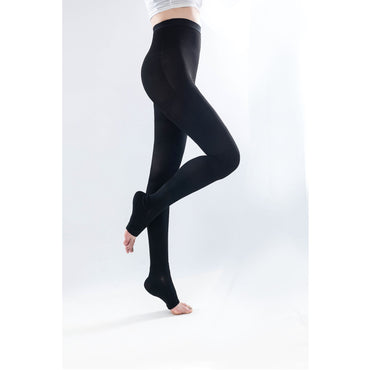Medical Compression Stockings
Anti-Embolism and Graduated Compression stockings and Panty Hose are designed to apply pressure to the legs to help improve blood flow and circulation. They also help to prevent the build-up of excess fluid in the legs reducing swelling and discomfort. They may be prescribed by your GP, or recommended to you by a surgeon after you have surgery. There are various lengths from knee high and thigh high to over the waist. Medical compression usually offers more specific and graduated compression compared to simple compression socks.
High quality Compression Stockings Ireland, all in stock and available for next day delivery.
Medical compression garments are usually available in 4 compression classes
|
Compression class (CCL) |
Pressure value (ankle) |
|
1 Mild Compression |
Compression in mmHg: 18 – 21 |
|
2 Moderate Compression |
Compression in mmHg: 23 – 32 |
|
3 Strong Compression |
Compression in mmHg: 34 – 46 |
|
4 Extra Strong Compression |
Compression in mmHg: at least 49 |
FAQs
How many hours should you wear compression stockings?
Medical compression stockings are designed to be worn during the day and when moving around and anti-embolism stockings are usually worn when in bed, post surgery.
What does 20-30 mmHg mean in compression stockings?
This is how the level of compression is measured in the tights. Compression levels are indicated within a range, for example: “20-30 mmHg”, which means that the amount of compression will not fall below 20 mmHg and not exceed 30 mmHg. The unit of measurement is called “millimeters of mercury” which is a measurement of pressure, also used in measuring blood pressure.
Is it ok to sleep in compression socks?
It's generally ok to sleep in your compression socks. You can even wear compression socks 24 hours a day if you like but they tend not to have the same level of compression as medical grade compression wear. Generally the higher level compression wear is used during the day and the lower level compression is worn in bed but your doctor or surgeon can offer you advice on when they should be worn.
What is the difference between 15-20 mmHg and 20 - 30 mmHg in Compression Hosiery?
15-20 mmHg is for daily wear, travel, and sports. They help improve circulation without being too tight. 20-30 mmHg is for sports recovery, daily wear, medical recovery, and to manage mild symptoms of varicose and spider veins. The higher compression level is good for patients looking for more support.
What is the difference between Class 1, Class 2 and Class 3 Compression Pantyhose?
Class 1 compression stockings are light compression and exert an ankle pressure of 14–18 mmHg. Class 2 stockings are medium compression and exert an ankle pressure of 18–24 mmHg. Class 3 stockings are high compression and exert an ankle pressure of 25–35 mmHg. Class 2 level stocking are usually used to Improve Blood Circulation, Varicose Veins, Swollen, Aching Legs, for Pain Relief and Edema. They are gender neutral and can be used by both Men & Women. Class 3 stockings can be used for chronic venous insufficiency, post-thrombotic venous insufficiency and in the treatment and prevention of venous leg ulcers.
What is the difference between compression stockings and anti embolism stockings?
The biggest difference between Anti-Embolism Stockings and Medical Compression Stockings is the compression level and the reason for why you are wearing them. Anti- Embolism Stockings are usually 8–18mmHg, while medical compression stockings are a medically-measured 15–20mmHg or higher.

